Product by Benefit
Our Flooring Benefits
Flowcrete Australia offers a range of flooring solutions suited for use in a wide variety of industrial and commercial environments. You can view some of the benefits of our flooring systems and narrow down your flooring choice by what's important for your project.
Not sure where to start? Let Flowcrete's flooring experts and national specification team help! Request your detailed specification here or submit a call back request and the team will be in touch!

Antimicrobial
Today’s intense focus on sanitation standards and cleanliness means that hygiene has to be factored into the very fabric of a building.
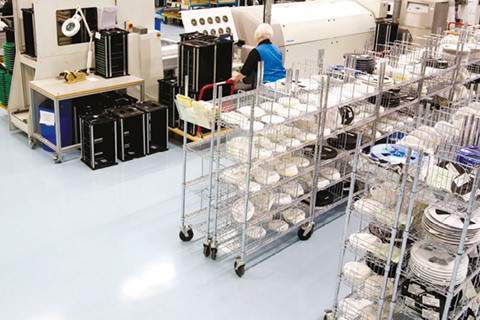
Anti-Static
Electro-static discharge (ESD) can be dangerous to sensitive electronic equipment and can even be a potentially dangerous ignition source in environments that handle volatile gases, powders, liquids, or other substances. When a floor is subjected to regular traffic from people and wheeled equipment, this charge can quickly accumulate.
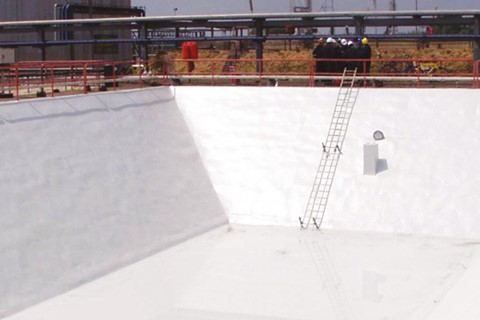
Chemical Resistant
Flowcrete Australia's chemical-resistant coatings can maintain a seamless, high-quality finish for an extended period of time despite contact with even the most caustic of solvents, acids and alkalis.
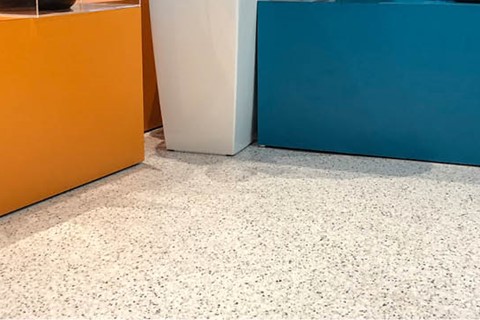
Decorative
Selecting a high-performance floor does not have to imply giving up style in favour of utility. The decorative flooring systems from Flowcrete offer seamless surfaces that can hold up visually even under demanding working conditions by fusing cutting-edge design with premium quality.
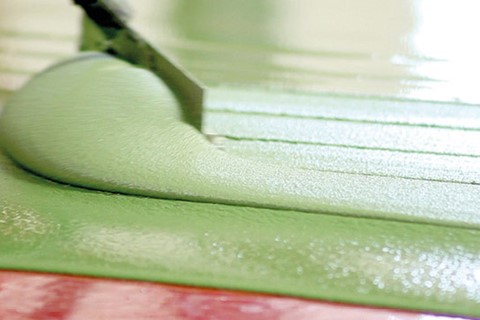
Environmentally Conscious
Flowcrete Australia is committed to providing environmentally friendly flooring solutions that have been sustainably sourced, manufactured and distributed. This includes incorporating recycled material into the floors, as well as limiting or completely removing toxic substances such as volatile organic compounds.
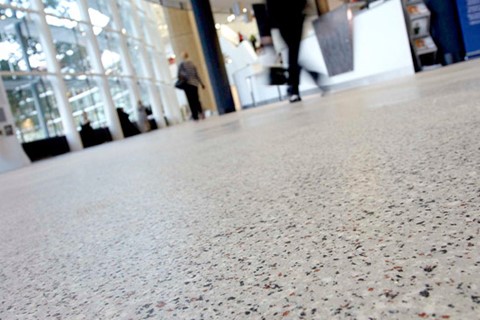
Fast Cure
The long downtime periods and snail’s pace construction schedules caused by waiting for a floor to fully cure can be consigned to the past thanks to the Flowfast range of methyl methacrylate (MMA) enhanced floors.
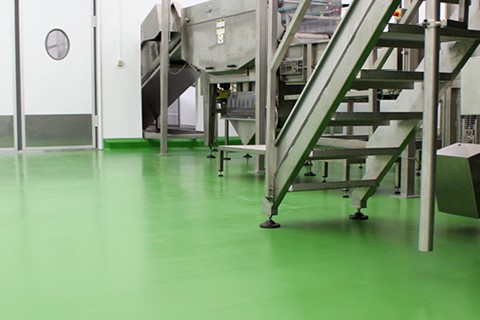
HACCP International Certified
Proving that a building is able to meet a high standard of hygiene is essential in many sectors, especially contamination sensitive settings such as the food and beverage, pharmaceutical and electronics industries.
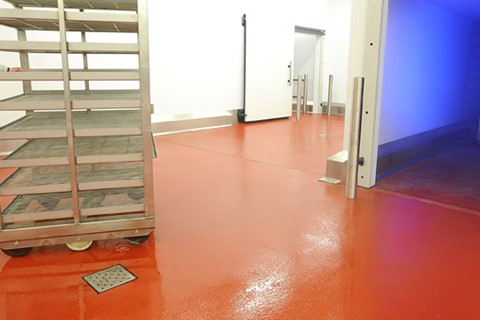
Low Temperature Installation
It is necessary to install floors at temperatures that are either below or close to freezing due to the practicality of many different kinds of buildings and construction projects. This is frequently the case in expansive warehouses, cold storage rooms, or outside spaces like parking lots where it is either impractical or impossible to increase the temperature.
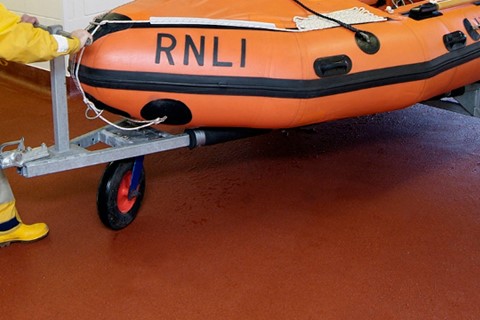
Moisture Tolerant
Moisture can be a problematic flooring factor for several reasons and unless the substrate, application process and the future use of the site are properly analysed it can easily bring on an early floor failure.
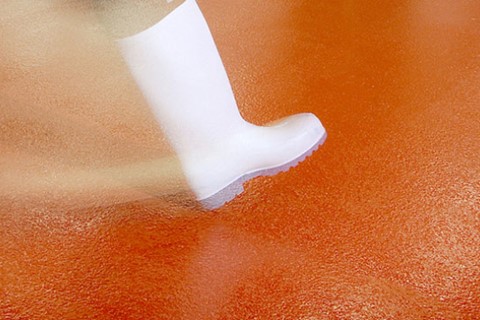
Slip Resistant
Slip resistant flooring is a health and safety must-have for most industrial and commercial facilities, as otherwise it’s only a matter of time until a member of staff or customer suffers a painful and costly accident.
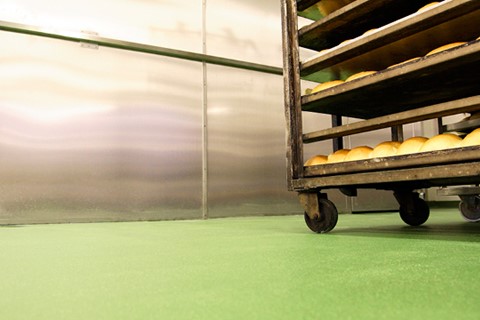
Thermal Shock Resistant
The floor area can be very sensitive to changes in temperature, whether its excessively high, icily low, very sudden or over a long period of time.
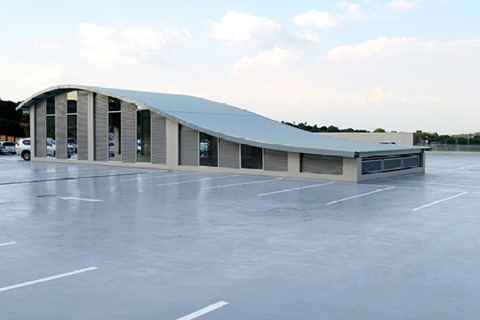
UV Stable
Long term exposure to the elements can wear away mountains and erode rock – so imagine what it could do to an unprotected floor finish! Wind, rain and ice can all eat into a floor finish while UV rays are notorious for discolouring previously bright and vibrant surfaces.
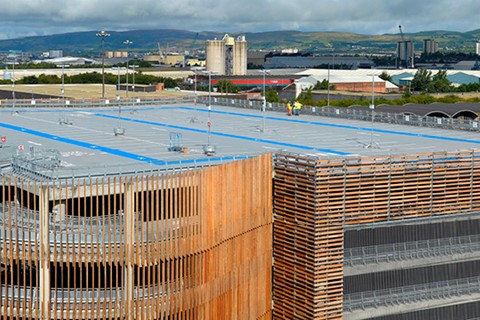
Waterproof
A key issue effecting car park environments is water ingress. During an influx of wet weather, large amounts of rainfall can cause water to seep through the joints and cracks of bare concrete, releasing lime and other corrosive contaminants.

